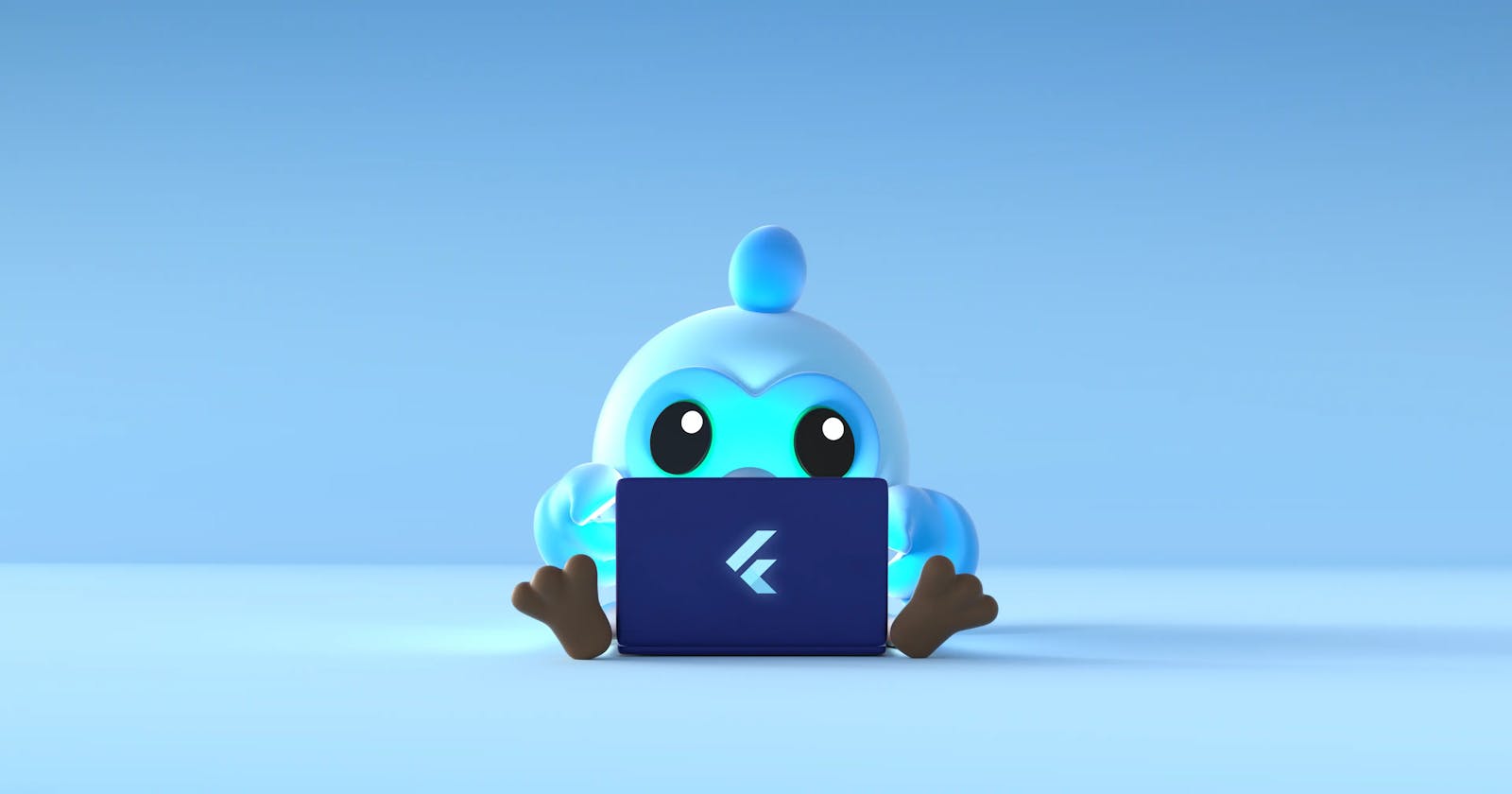In the fast-paced world of app development, choosing the right technology is more crucial than ever. Flutter, with its ability to deliver efficient, visually appealing, and rapidly developed applications, stands out as a cutting-edge option. In this post, we will explore why Flutter not only meets the demands of today's technological era but could also be the smartest choice compared to native development and other cross-development frameworks.
Create visually appealing, high-performance applications with ease.
The ability to create engaging visual experiences and ensure optimal performance is essential in the application development landscape. Flutter stands out in this regard thanks to its unique approach and attractive development features.
A rapid development cycle becomes imperative for effective iteration during the development phase. Dart compiler technology allows you to compile for multiple architectures, delivering excellent performance for an unparalleled user experience. When the application is ready for production, the Dart ahead-of-time (AOT) compiler is deployed to compile it to native ARM or x64 machine code, resulting in exceptional performance that ensures the best possible user experience.
In the development process, the just-in-time (JIT) compiler provides incremental recompilation (enabling hot-reload), real-time metrics collection (powering DevTools), and robust debugging support. Flutter hot-reload allows developers to instantly see changes to their code, achieving highly effective and productive development. The days of restarting the entire application with each modification are over.
Flutter shares similarities with game engines like Unity in that it uses its own rendering engine and includes its own widgets instead of relying on native ones. Use Skia/Impeller for rendering. The Flutter team has meticulously recreated Material and iOS (Cupertino) UI components, allowing developers to employ them to build custom UIs efficiently.
Additionally, Flutter prides itself on being an open source framework, with its full source code freely available to the public. This openness encourages transparency, collaboration and engagement in the development community.
Speaking of community engagement, Flutter's thriving community, with over 2 million developers, offers countless resources to help realize the full potential of Flutter. This growth is reflected in both the number of stars Flutter has earned on GitHub and its popularity in Google search trends.
When to use Flutter?
Flutter shines when you need to build apps that don't require highly specialized native interactions. For example, Flutter is the ideal solution for creating financial applications, it is chosen for its ability to create secure and visually attractive user experiences, it also offers certain benefits such as the convenience of a single code base for efficient development for both platforms, quicker market entry and easier creation of user interfaces.
A more curious use case for Flutter is creating the Minimum Viable Product (MVP). The hot-reload feature offers a fast, cost-effective solution that reduces time to market.
Deciding between Flutter and Native Development
Choosing between Flutter and native development is a crucial decision that will affect the course and success of your project. Both options have their advantages and considerations, and the choice will largely depend on the specific goals and needs of your application.
If your main goal is to speed up development and reduce workload, Flutter stands out as an exceptional option. For both large and smaller teams, as I said earlier Flutter offers a single code base, this not only speeds up development but also makes it easier to manage and update the application.
If the priority is fine-tuning and making the most of platform-specific tools and features, native development is the way to go. Native development is especially beneficial for apps that rely heavily on specific iOS or Android features.
Flutter vs React Native
There are many articles comparing the performance of Flutter with React Native, like this or this one. But if your project has special design needs, choose Flutter. If you need to look like typical iOS or Android, choose React Native.
Improving Flutter is a work in constant progress
Over the years, Flutter has undergone a significant transformation, establishing itself as a more mature and stable framework. This advance has not been the work of a single actor, but the result of the collaborative effort of the community, which has actively addressed the challenges, strengthening the framework. Google, as the main driver of Flutter, has demonstrated its commitment by constantly introducing new features and capabilities that have raised the quality and performance of the framework.
Performance optimization is also reflected in the pre-compilation of essential shaders with Impeller, providing faster and more stable animations to improve the user experience.
Additionally, Flutter's expansion beyond iOS and Android to platforms such as web, Windows, Linux, macOS, and embedded systems highlights Flutter's comprehensive vision as a cross-platform solution.
Thanks for reading, see you next time !

